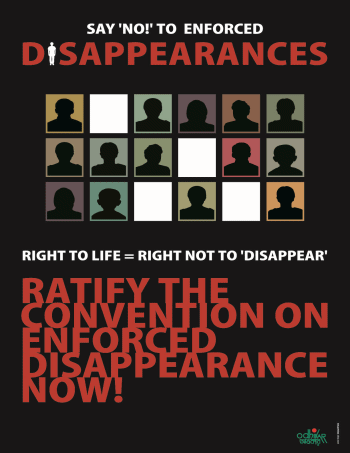Odhikar has monitored election-related violence in 45 constituencies out of a total of 300. There might be more violence prone areas other than these 45 constituencies that Odhikar had selected and more incidents of violence could have taken place during this period. Odhikar selected these 45 constituencies on the basis of previous records of violence during the 2001 elections and where it has a strong capacity to monitor election-related violence. It is also to be mentioned that Odhikar relied on its Human Rights Defenders to prepare this report. They collected information in the working areas. These incident reports were then verified with a number of sources including eyewitnesses, media, hospitals, police reports and government officials. It is hoped that this kind of fact-finding can be used nationally and internationally in order to mitigate election-related violence.
Analysis of trends reported in both more peaceful and more violent constituencies’ shows that actions by both
political party leaders and security officials can have a positive impact on reducing violence. Findings also indicate
that when political party leaders feel pressure to reduce violence, they respond. Therefore raising public awareness
of the need to pressure party leaders could be very helpful. Given that the level of competition between and within
parties is likely to rise as elections approach, it is all the more important to take action now to encourage non-violent campaigning and activism.
1st report_electoral_violence_2006 – Period: 17 October to 30 October 2006 (full text in English, PDF)
2nd report_electoral_violence_2006 – Period: 31 October to 13 November 2006 (full text in English, PDF)
3rd report_electoral_violence_2006 – Period: 14 November to 30 November 2006 (full text in English, PDF)
4th report_electoral_violence_2006 – Period: 1 December to 15 December 2006 (full text in English, PDF)




